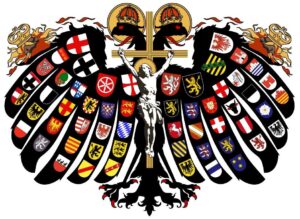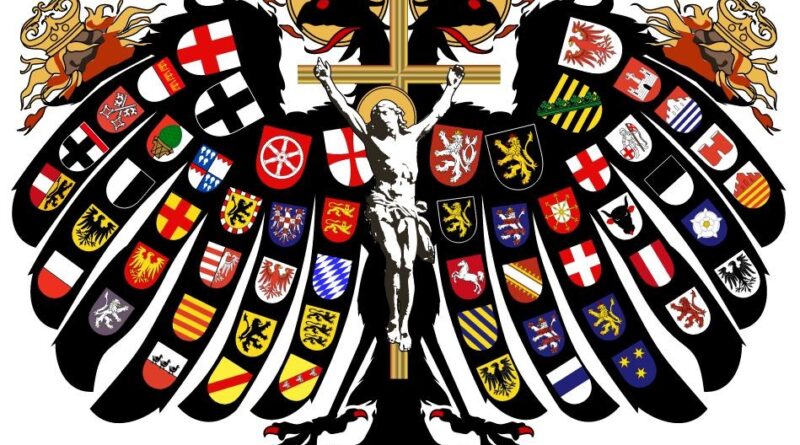Unraveling Ancestral Nobility in Italy: Methods Employed by Professional Genealogists

This brief historical presentation is not meant to provide an exhaustive sociological treatise; rather it serves as an introductory piece for lay readers. Assuming the reader has reviewed Italian Heraldry, Nobility & Genealogy first, many observations must necessarily remain generalized due to individual genealogical and heraldic projects being unique projects.
Italian nobiliary practices cannot be directly compared with those in other countries such as Scotland or Russia, since regional differences exist within Italy due to its non-existence as a politically united state until around 1870.
In 1946, Italy became independent through a popular referendum. Two years later, Italy adopted a Constitution which codified that titles of nobility and coats of arms would no longer be acknowledged officially by the state, though in some instances a predicato (territorial designation) associated with an elite family could still legally attach itself to someone’s surname. Therefore, legal documents (passports etc) no longer refer to Lanza as Princes of Trabia but instead refer to them by their full surname: Lanza di Trabia rather than simply “Lanza”. Note that Italy does not prohibit or restrict the use of aristocratic titles, with historical ones often being employed socially – with titles like cavaliere and dama being recognized in some instances. Unfortunately, because Italy lacks formal recognition for these titles there have been an increase in impostor cases which claim or grant fraudulent or unverified titles for personal gain.
Though there is no official recognition of Italian noble titles or coats of arms, some private organisations associated with former ruling dynasties still recognize these.
The principal titles of nobility are Principe (Noble Prince), Duca (Duke), Marchese (Marques), Conte (Count), Visconte (Viscount) and Barone (Baron). Wives or widows of these noblemen may take the feminine form of their titles – Principessa, Duchessa etc – with sons sometimes addressed by them, for instance in former times his title would sometimes be addressed with politeness as “Patrizio”, Nobile (Nobleman), Cavaliere Ereditario”, etc – with wives or widows taking these titles as names or titles respectively.
Histories of an ancestor’s nobiliary titles can often be easily documented, and can be verified through juridical investigation through documents creating or recognising them. Former use of certain titles (notably baron) without official authority must also be taken into account, especially among rural families that were often identified as baronial due to fuedal rights or acknowledgment from the crown.
Nobile was traditionally one of Italy’s most widespread aristocratic ranks due to tradition, in addition to nobility recognized officially, being extended by tradition to lesser noblemen’s younger sons (cadets). Thus one encounters usage such as: Giuseppe Lanza dei Principe di Trabia or, by extension, sons (cadets) who were not officially entitled but who nonetheless traditionally were considered nobili. An example would be Giuseppe Lanza dei Principe di Trabia). Establishment of nobiliary status can depend upon several factors and involves two steps; 1. Establishment; 2) Establishment.
Documentary evidence must demonstrate that several ancestors in one line were given honorific titles (Magnifico, Illustrissimo or don) prior to the nineteenth century in civil or church records. Such honorifics were frequently bestowed in rural localities where any literate tradesman might be addressed as “don”. Even though most local officials or wealthy landholders could not claim nobility themselves, these titles do serve to support claims for nobility in some instances.
Second, heraldic evidence must exist. Each family should have been granted their own coat of arms which specifically represented them – not another with the same surname in the area who just happened to share a surname. Such evidence might include engraving on an ancestral residence or seal in documents, or records which document a proven, legitimate ancestor who carries that coat of arms.
Circumstantial evidence is vital, yet can sometimes lead to false assumptions. For instance, it might lead one to assume that local residents who share the surname of a duke in his area are his relatives or nobles based solely on circumstantial evidence alone; but further investigation might reveal otherwise – such as descent from servants of his ducal family!
Anecdotes can often be inaccurate and unverifiable, such as tales about an ancestor being the child of a nobleman, born to an unwed mother whose family then attempted to salvage her dignity by alleging aristocratic paternity despite this rarely being proven.
